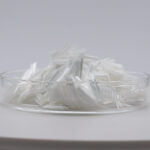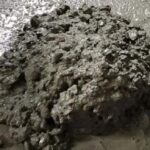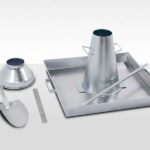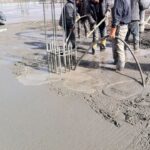Polycarboxylate superplasticizer, a new generation of concrete admixture, has been widely used in civil engineering due to its excellent water-reducing performance, slump retention, and environmental attributes. This article aims to analyze the current application status of polycarboxylate superplasticizers in depth, discuss their development trends, and provide valuable insights for relevant industries.
Polycarboxylate Superplasticizer
Polycarboxylate superplasticizer, composed mainly of polycarboxylate salts and other high-molecular-weight organic compounds, is a highly effective admixture with exceptional water-reducing properties. It overcomes many drawbacks of traditional plasticizers, offering advantages such as low dosage, good slump retention, low concrete shrinkage, and strong molecular structure adjustability. These features make polycarboxylate superplasticizers the preferred admixture for high-performance concrete preparation.

Applications of Polycarboxylate Superplasticizer
Polycarboxylate superplasticizers have been widely applied in concrete construction across various sectors, including water conservancy, power, ports, railways, bridges, highways, airports, military projects, and structures of various civil building entities. Particularly in large-scale water conservancy, bridges, nuclear power, and railway projects, significant achievements have been made through the use of polycarboxylate superplasticizers.
Effects of Polycarboxylate Superplasticizer Application
The effects of polycarboxylate superplasticizers application mainly include:
- Enhancing concrete strength: Effective in improving both early and later concrete strengths, enhancing the load-bearing capacity under similar conditions.
- Reducing concrete shrinkage: Significantly decreases the shrinkage rate, minimizing crack formation from shrinkage and improving concrete durability.
- Improving workability of concrete: Excellent dispersibility and slump retention capabilities allow for the production of highly flowable concrete, facilitating easy mixing, pumping, and casting during construction.
- Environmental friendliness: Produced without harmful substances like formaldehyde, complies with ISO14000 environmental management standards, making it an eco-friendly product.

Challenges and Solutions in Polycarboxylate Superplasticizer Applications
- Insufficient slump retention in high-temperature environments: Adjusting admixture formulation or adding retarding components can enhance slump retention in high-temperature conditions.
- Temperature sensitivity: Strong temperature sensitivity of superplasticizers can lead to varying slump retention in different seasons. Adapting admixture dosage and types based on seasonal variations can address this issue.
As a novel concrete admixture, polycarboxylate superplasticizers offer broad application prospects and significant market potential. By focusing on technological innovation, environmental sustainability, multifunctionality, and intelligent applications, continuous improvements can be made in their effectiveness and market competitiveness. In conclusion, polycarboxylate superplasticizers present vast application prospects and immense development opportunities.







